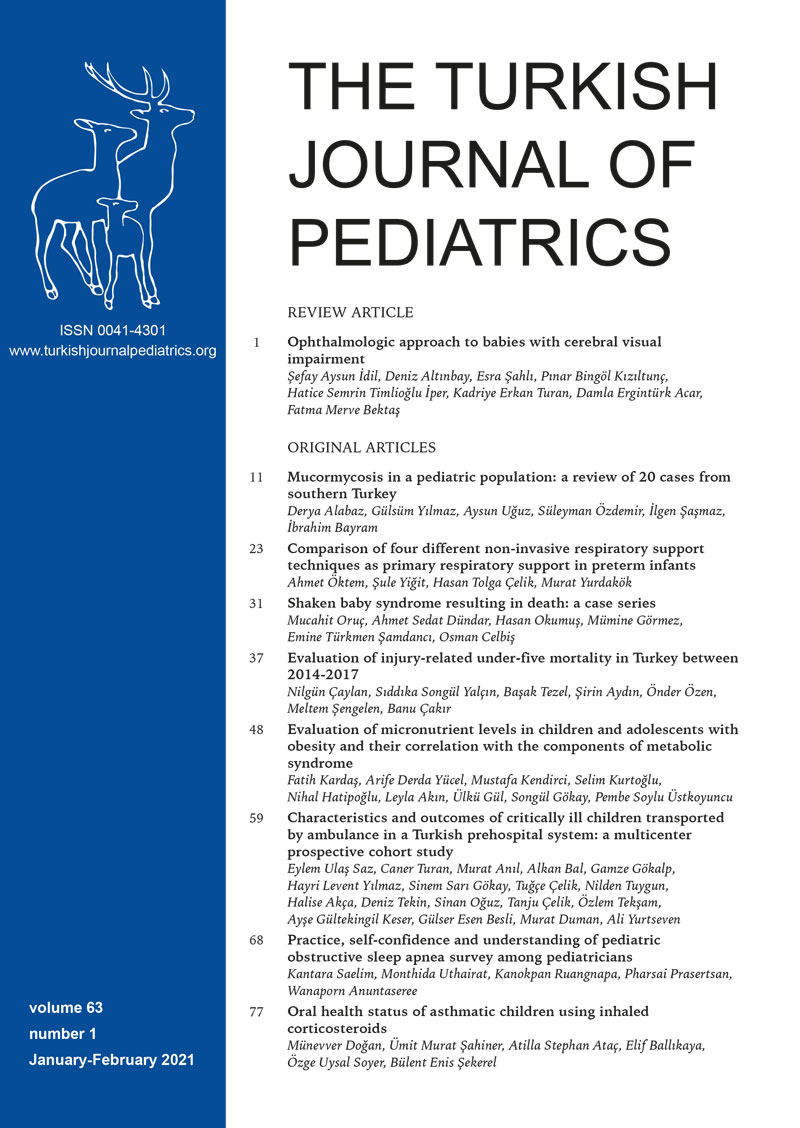Abstract
Background. Toxic substances may be inhaled or aspirated not always by patients themselves but sometimes by healthcare providers unintentionally by nasogastric administrations or medications. Aspirated toxic particles may cause injury in the pulmonary epithelium at various levels of the respiratory tract, leading to a spectrum varying from simple symptoms to severe chronic disease. Imaging features of substances are different depending on their structure and are not well known. Moreover, on follow-up, radiologic findings are not well correlated with clinical findings which progress or recover more rapidly.
Case. In this case series, we report three different chemical pneumonitis due to aspiration of exogenous substances of paint thinner, activated charcoal and liquid paraffin. We present three cases with chest radiographs, distinctive computed tomography findings and follow-up images.
Conclusions. Aspiration of exogenous materials reveals typical imaging findings such as the metallic density of charcoals, fat attenuation of liquid paraffin and necrotic areas within consolidation in hydrocarbon poisoning. Recognition of imaging findings is very important for the diagnosis and characterization of toxic substances.
Keywords: activated charcoal aspiration, bronchoscopy, chemical pneumonia, computed tomography, lipoid pneumonia
Copyright and license
Copyright © 2021 The Author(s). This is an open access article distributed under the Creative Commons Attribution License (CC BY), which permits unrestricted use, distribution, and reproduction in any medium or format, provided the original work is properly cited.














